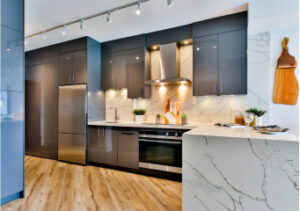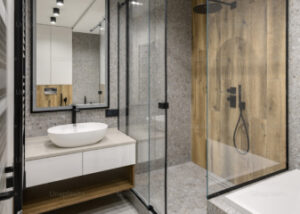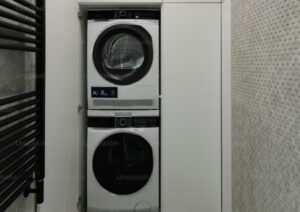DEFINITION
The practice of building housing with 2D offsite manufactured building products.
EXAMPLES
In the 1970, Structurally Insulated Panels (SIP) began the US panelized construction industry, by combining the disciplines of rough carpenters (stud framing) and insulators (batten insulation) into one product. Since then a variety of offsite-manufactured products have been used – from the Barclays Center, to Unity Homes, and beyond.
USAGE
“The designers of the Barclays Center designed the Panelized Construction techniques, to organize that undulating facade into ‘mega-panels’ and then ‘sub-panels’ in which to deliver rainscreen and lighting.”
ISSUES
Many US building commodities are delivered in 4’x8’ sheets, and decades of everyday jobsite language might loosely refer to a site-built assembly as ‘panelized.’ In the specific world of offsite manufacturing, it is valuable to parse between ‘commodities’ and ‘products’ – noting that value is concentrated when many discipline’s contributions (electricians, framers, etc.) are assembled into an offsite manufacturing product. If that product is handled like 2D elements (cards, cartridges, etc.) it is still referred to as a panelized product. The difference in value between a site-assembled partition wall, and a pre-engineered exterior wall panel is stark.



